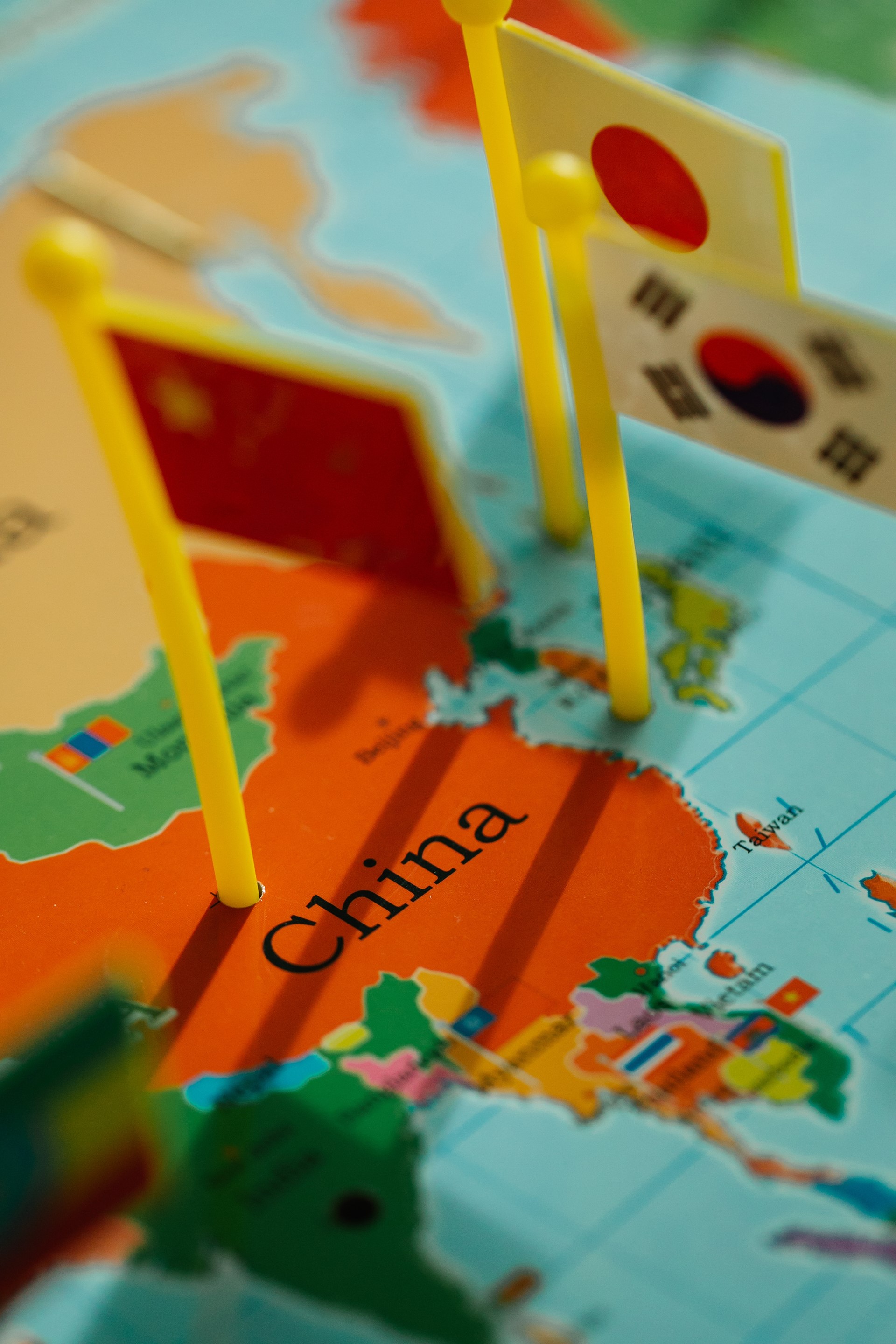
Importing Solar from China – Ethically Sourcing Green Tech Materials
Read time:
A report by the House of Commons Foreign Affairs Committee highlights the atrocities in Xinjiang and the UK’s responsibility to act on this. Between 2017-19, over 80,000 Uyghurs were forcibly moved out of Xinjiang and distributed in factories across China. These workers are typically paid very little or nothing at all, and with factories surrounded by barbed wire, guard towers and constant surveillance, China has fulfilled every characteristic of forced labour camps littered with human rights abuses.
The problem extends further when we delve into the source of materials used in solar panels that are prevalent in the UK. It is estimated that 40% of UK solar panels contain materials sourced from Xinjiang, China. In particular, quartz mining and the processing of metallurgical silicon are causing the most concern in relation to Xinjiang’s human rights abuses; but these issues aren’t exclusive to solar PV. All kinds of goods rely on this supply chain, including aluminium, adhesives, and semiconductors, to name a few.
Xinjiang’s association with forced labour camps means importers of Chinese materials need to take a closer look at their supply chain and identify from which provinces these materials originate. If you are a buyer working with a UK solar installer, enquire about where their materials are imported from, and if you are a UK solar installer, ensure you have the right answers to this question.
Xinjiang’s human rights abuses against Uyghurs is a major geopolitical issue, but this doesn’t mean that all goods imported from China carry ethical implications. While the evidence of human rights abuse and injustice against the Uyghur people is indisputable, the solution is not an outright ban on all goods imported from China and other somewhat undemocratic countries.
The solution is supply chain transparency. As of February 2021, 175 companies active in the solar industry have signed a pledge to be more transparent about where their raw materials are being sourced from, highlighting a shift in attitude across the industry as suppliers become more vigilant and open about their supply chains. This extends far beyond the forced labour camps in Xinjiang and aims to identify the origins of any materials associated with human rights abuses.
Since such a high proportion of raw materials used in the manufacture of solar PV panels have been traced back to the Xinjiang province, this raises questions about what alternatives are available to UK importers of solar. Placing immediate sanctions on materials imported from Xinjiang will have knock on effects, such as material shortages and higher costs for UK suppliers, but there are solutions to this problem.
The D-10 group of nations represents 60% of people living in democracies around the world. The group aim to identify countries with democratic practices who are considered more trustworthy in terms of trade agreements and supply chain transparency, including the UK, USA, Australia, The European Union, India, South Korea, Japan, and Canada. The D-10 group was initially assembled with the aim of finding an alternative to 5G equipment and technologies imported from China’s telecom giant Huawei. Similar processes are now followed when a country or province is associated with human rights abuse or forced labour.
Another solution to Solar PV supply issues is the recycling of key components, taking more of a circular economy approach. The Solar PV recycling market could be worth $2.7 billion by 2030 as the number of installers surge with demand. Recycling materials from solar PV at the end of their lifecycle could become a more practical solution to supply chain bottlenecks than sourcing new exporters. Although PV recycling is in its infancy, estimates show that materials reused from old panels could make up 6% of solar PV investments by 2040, compared to just 0.08% today.
If you would like to explore solar opportunities in the market today and receive supply chain support, find out more via the Green Economy website, accessing our Sales Hub and online searchable Marketplace.

